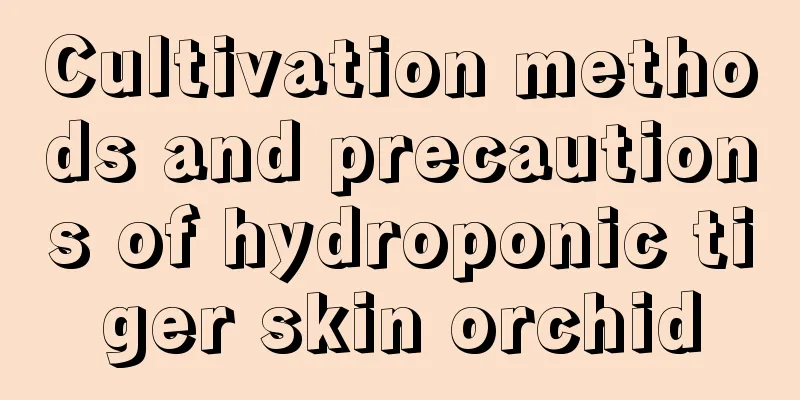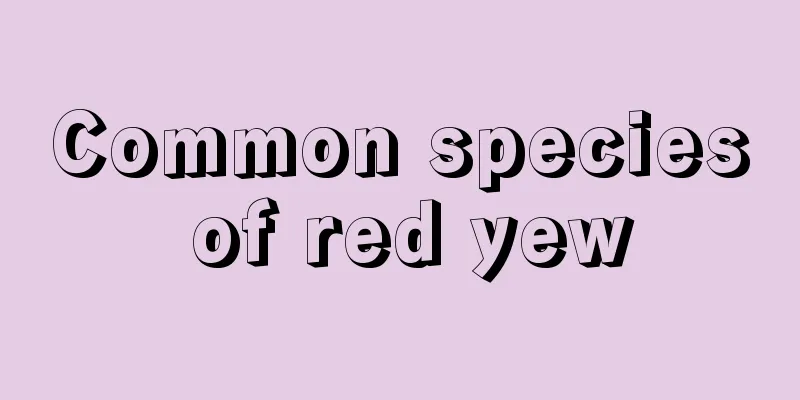Honeysuckle powdery mildew

Causes of Powdery MildewThe pathogen overwinters in the form of ascocarps on diseased remains. The following year, the ascocarps release ascospores for initial infection. After the onset of the disease, the diseased parts produce conidia for secondary infection. The disease is more likely to occur in warm and dry conditions or in shaded areas. Excessive application of nitrogen fertilizer and alternating dry and wet seasons will cause serious disease. Honeysuckle powdery mildew symptomsDamage mainly occurs to leaves, but sometimes also to stems and flowers. The spots on the leaves are initially small white dots, then expand into white powdery spots. In the later stage, the entire leaf is covered with a white powdery layer. In severe cases, the leaves turn yellow and deform or even fall off. The spots on the stems are brown, irregular in shape, and covered with white powder. The flowers are twisted and fall off in severe cases. Honeysuckle powdery mildew prevention and control methods1. Select disease-resistant varieties according to local conditions. 2. Strengthen cultivation management, plant at a reasonable density, and pay attention to ventilation; apply fertilizers scientifically, increase the application of phosphorus and potassium fertilizers, and improve the disease resistance of plants; irrigate at the right time, drain water in time after rain, and avoid moisture retention. 3. Use pesticides for prevention and control. At the early stage of the disease, spray 100 grams of 50% colloidal sulfur diluted with 20 kilograms of water or 2000 times of 15% ketone wettable powder. |
<<: Pests and diseases of golden diamond and their control methods
>>: Common diseases and prevention methods of honeysuckle
Recommend
Fig growth environment conditions and characteristics
Fig growth environment conditions and requirement...
How to grow hibiscus in the garden
Planting and fertilization of garden cultivation ...
How to prune hibiscus peony? Pruning methods and technical points
When is the best time to prune hibiscus peony? Hi...
The difference between chrysanthemum and sunflower
Mesembryanthemum Mesembryanthemum is a perennial ...
How to Plant Echinacea Seeds
1. Time selection Generally speaking, we choose t...
Why are the leaves of the fragrant wood turning yellow?
Improper watering The seedlings of Fragrant Wood ...
Can silt be used as fertilizer? How to make organic fertilizer from river silt?
Silt is a common organic fertilizer that is forme...
Cultivation methods and precautions of Coreopsis
Soil requirements Breathable and loose humus soil...
Precautions for growing hydrangea in water
1. Change water frequently The first thing to pay...
Why can't you grow flowers in a greenhouse?
1. Can it be raised? Flowers can be grown in a gr...
How to root Jade Dew
1. Humidity Because root growth requires water, b...
When is the best time to plant wheat?
Wheat is one of the important grain crops in Chin...
Gourd planting management and pruning
The gourd is an annual herbaceous plant of the Cu...
How to propagate Mo Lan
Growth habits of Molan Mo Lan prefers warm and sh...
What should I do if the leaves of the swallowtail palm fall off?
1. Excessive watering 1. Reason: If you water you...









